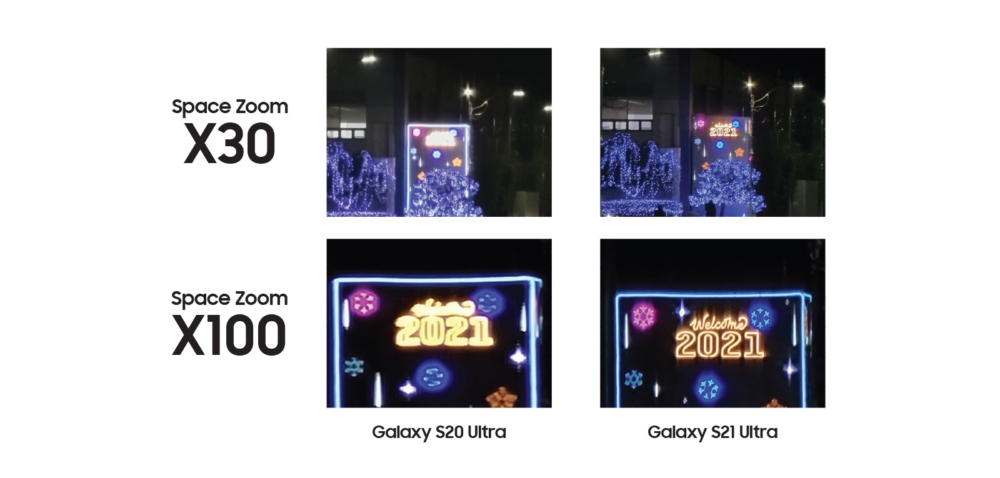From Samsung's puff piece:
Whether you’re trying to snap a photo of a beautiful cityscape at night or a group selfie in a low-lit restaurant, from the moment you click the shutter, the camera AI on the Galaxy S21 series begins a three-phase process. Here’s how it works:
1. During the capture phase, the camera takes multiple pictures of the scene at different exposure levels.
2. After capturing, the camera begins Multi-frame Processing, combining the images into one and enhancing the brightness of the picture.
3. Lastly, the AI image signal processor begins post-processing the image, reducing noise and fine-tuning the details. The results are crystal clear images, with greatly reduced noise and blur.The keys to achieving that clarity and detail are in the multi-frame layering and AI restoration. When the multi-frame processing begins, the Galaxy S21 series intelligently selects the sharpest frame from all the images captured to use as a reference image. After selecting the reference frame, the AI aligns and registers the rest of the images before delivering the finalized photo. When finalized, the image has significantly reduced noise and a superior tone balance between the main subject and its background.
The same multi-frame process allows the Galaxy S21 to support clear, high-resolution images even under poor conditions such as when zooming in on a neon sign to create an image with high-dynamic range. While zooming in on distant subjects, the Galaxy S21 is capable of capturing up to 20 frames at different exposure values (ev), depending on the conditions. Capturing at different exposure values allows the camera to produce a sharper final image that has high-dynamic range with true-to-life exposure of both shadows and highlights. So, when you’re zooming in on that neon sign, you’ll be able to make out every letter.
During multi-frame processing, the AI determines whether it needs to use every frame captured, or just a subset. With more data from multiple frames, the Galaxy S21 series’ camera AI can deliver bright, tack-sharp images even in low light or when zoomed in from extremely far away—whether it’s a photo of a neon sign, or your favorite singer at a concert.

Although all of the above is laudable, I have to take Samsung to task for adding one extra step to its imaging workflow - adding edge enhancement that ruins small details. Maybe it's that I like to snap the world, complete with grass, trees (this is England, after all), with its infinite detail, and Samsung's image processing's final stage is more optimised for artificial things (cranes, buildings, streets, etc.) Samsung must know about my/our complaints by now though, so it's down to whether it wants to appease critics or please the normob mainstream!
